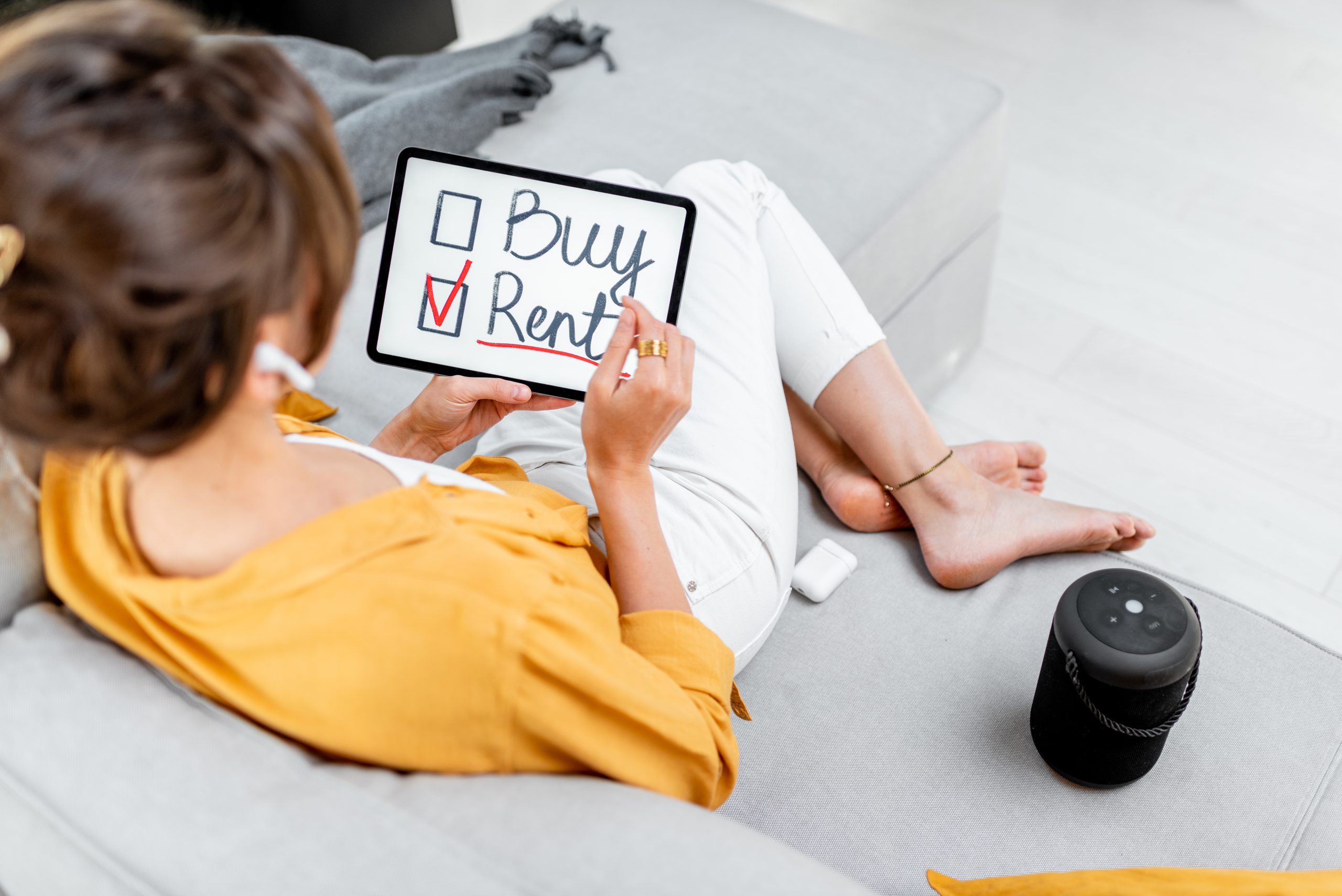How to Transition from Renting to Owning a Home

How to Transition from Renting to Owning a Home: A Step-by-Step Guide
Transitioning from renting to owning a home is a major financial and lifestyle milestone. While renting offers flexibility, homeownership provides stability, equity growth, and long-term financial benefits. However, the process can be complex and requires careful planning.
This comprehensive guide will walk you through the essential steps to successfully transition from renting to owning a home, covering financial preparation, mortgage options, home selection, and closing the deal.
1. Assess Your Financial Readiness
Before leaping homeownership, evaluate your financial situation to ensure you’re prepared for the responsibilities of owning a home.
A. Check Your Credit Score
Your credit score plays a crucial role in mortgage approval and interest rates.
-
Good credit (670+): Qualifies for better mortgage rates.
-
Fair credit (580-669): May face higher interest rates.
-
Poor credit (Below 580): You may need to improve your credit before applying.
How to Improve Your Credit Score:
-
Pay bills on time.
-
Reduce credit card balances.
-
Avoid opening new credit accounts before applying for a mortgage.
B. Calculate Your Debt-to-Income Ratio (DTI)
Lenders prefer a DTI below 43%. Calculate yours by:
If your DTI is too high, pay down debts before applying for a mortgage.
C. Save for a Down Payment
While some loans require as little as 3% down, a 20% down payment avoids private mortgage insurance (PMI).
-
FHA Loan: 3.5% down (for lower credit scores).
-
Conventional Loan: 3%-20% down.
-
VA Loan: 0% down (for veterans).
D. Build an Emergency Fund
Homeownership comes with unexpected expenses (repairs, maintenance). Aim for 3-6 months of living expenses in savings.
2. Get Pre-Approved for a Mortgage
A mortgage pre-approval strengthens your buying position by showing sellers you’re a serious buyer.
Steps to Get Pre-Approved:
-
Compare lenders (banks, credit unions, online lenders).
-
Submit financial documents (pay stubs, tax returns, bank statements).
-
Receive a pre-approval letter (valid for 60-90 days).
-
Fixed-Rate Mortgage: Stable payments (15-30 years).
-
Adjustable-Rate Mortgage (ARM): Lower initial rates (adjusts later).
-
FHA Loan: Lower credit requirements.
-
VA Loan: No down payment for veterans.
3. Determine Your Homebuying Budget
Your budget should include:
-
Purchase price (based on pre-approval).
-
Closing costs (2%-5% of the loan amount).
-
Property taxes & insurance.
-
Maintenance costs (1%-2% of home value annually).
Use the 28/36 Rule:
-
28%: Max percentage of income spent on housing.
-
36%: Max percentage spent on total debt.

4. Find the Right Home
A. Choose a Location
-
Commute time
-
School districts
-
Future resale value
B. Work with a Real Estate Agent
An experienced agent can:
-
Negotiate better prices.
-
Identify hidden issues.
-
Guide you through the paperwork.
C. Attend Open Houses & Schedule Tours
-
Inspect the property thoroughly.
-
Check for structural issues.
-
Research neighborhood safety.
5. Make an Offer & Negotiate
Once you find the right home:
-
Submit a competitive offer (based on market analysis).
-
Include contingencies (inspection, financing, appraisal).
-
Negotiate repairs or credits if issues arise.
6. Secure Financing & Close the Deal
A. Finalize Your Mortgage
-
Lock in your interest rate.
-
Complete the underwriting process.
B. Home Inspection & Appraisal
-
Inspection: Uncovers hidden problems.
-
Appraisal: Ensures home value matches loan amount.
C. Closing Process
-
Sign final paperwork.
-
Pay closing costs & down payment.
-
Receive keys!
7. Transition Smoothly from Renting to Owning
A. Notify Your Landlord
-
Check lease terms for move-out notice.
-
Avoid breaking the lease early if possible.
B. Plan Your Move
-
Hire movers or rent a truck.
-
Transfer utilities to your new home.
C. Prepare for Homeownership Responsibilities
-
Budget for maintenance.
-
Learn basic home repairs.
Final Thoughts
Transitioning from renting to owning requires careful planning, but the long-term benefits—equity growth, stability, and investment potential—make it worthwhile. By following these steps, you’ll be well-prepared to navigate the homebuying process confidently.
Ready to take the next step? Start by checking your credit score, saving for a down payment, and getting pre-approved for a mortgage today!

